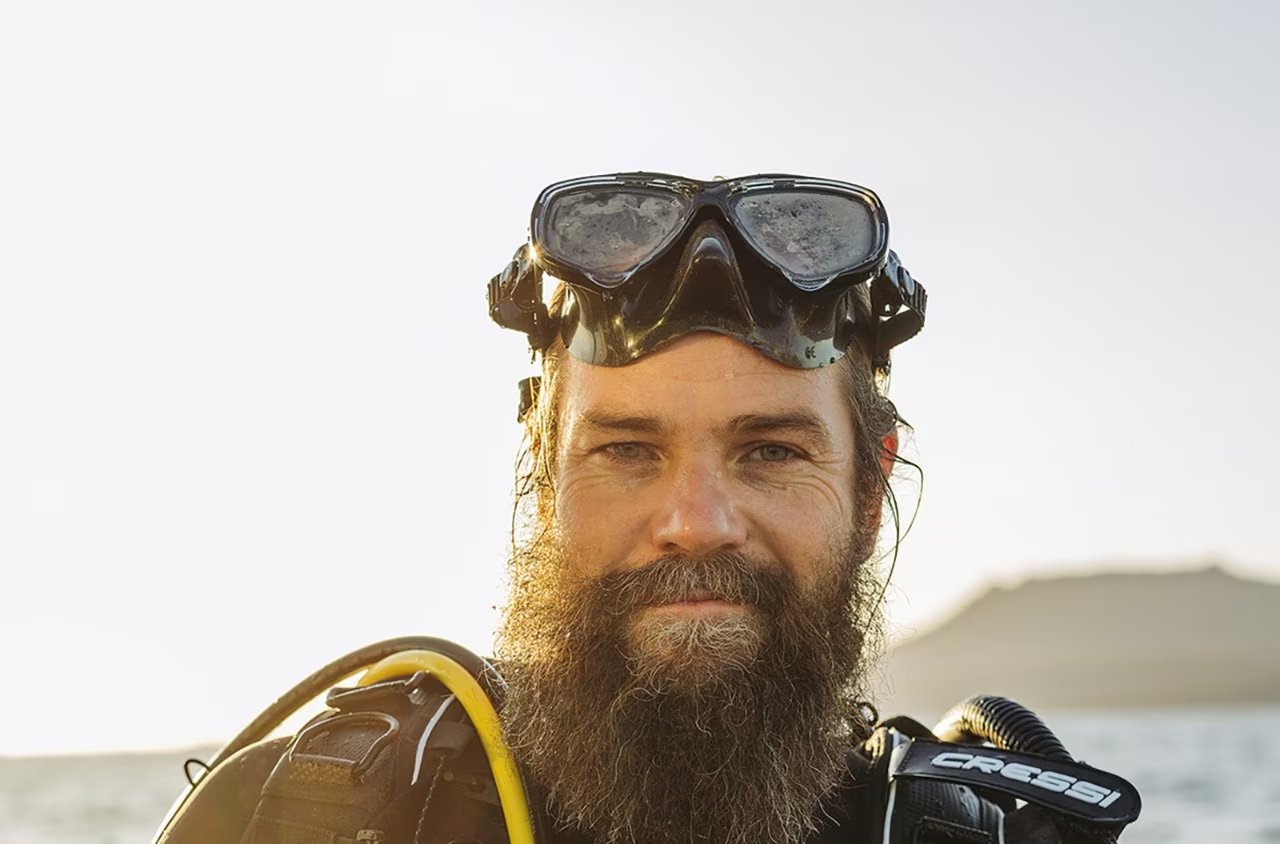5 Minutes With Sam Elsom, Co-founder of Sea Forest

The former fashion mogul has turned his passion for sustainability into a worldfirst livestock feed additive that cuts methane emissions.
It was a conference call with climate crusader Tim Flannery that set entrepreneur Sam Elsom on the path of cultivating seaweed. Specifically, asparagopsis, which as well as helping to de-acidify the ocean through capturing carbon, reduces methane emissions from cattle and sheep by 98 per cent when added in small amounts to their feed. “I was listening to him break down the IPCC [Intergovernmental Panel on Climate Change] report and the trajectory that we’re on when it comes to climate change,” says Elsom, who at the time helmed an eponymous sustainable apparel line, one of the country’s first. “I looked around and thought, ‘While sustainable fashion is important, it’s not having the impact that we need to see as a planet.’”
After learning from Flannery about the potential of seaweed as a “zero-impact crop”, Elsom threw himself into finding out how it could be used as a solution in Australia, connecting with industry experts and scientists, who were generous with their knowledge, sometimes bringing his self-described “harebrained ideas” crashing down to earth.
After intensive research and an equity raise attracting the likes of surfer Mick Fanning and Toms shoes founder Blake Mycoskie, Sea Forest was born, with Elsom as co-founder and CEO. It is the first company worldwide to cultivate asparagopsis at a commercial scale through both marine and land-based aquaculture.
The seaweed is used to produce SeaFeed, a supplement which currently has enough supply to feed 40,000 cattle daily. “This is a fraction of our full capacity,” says Elsom, who lives and works on Tasmania’s east coast. “We estimate we could feed four million or more head per day – about 20 per cent of Australia’s livestock population – and avoid about 11 million tonnes of CO2-e [carbon dioxide equivalent, a measure used to compare the emissions of various other greenhouse gases] in methane emissions each year.”
The lofty goal is not without inherent risks. “It’s a huge life shift but it’s worth it. This new world of Sea Forest is one I find challenging and rewarding, though the weight of the challenge is shared by an impressive team. We still have a long way to go.”



